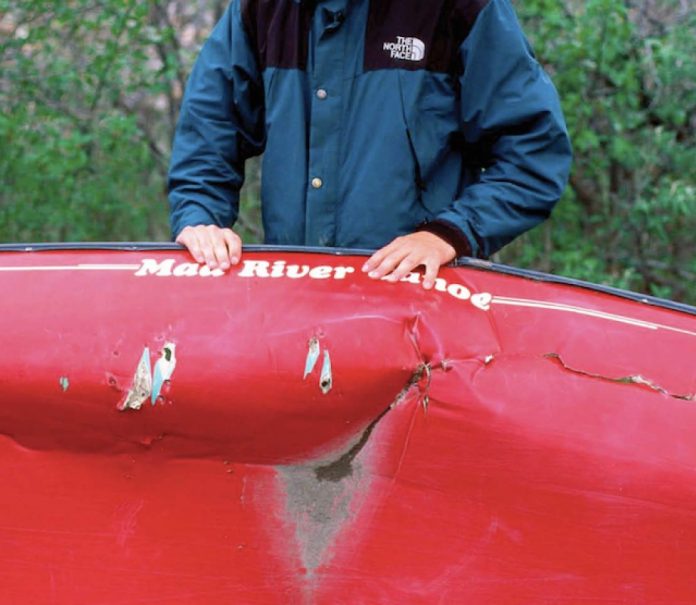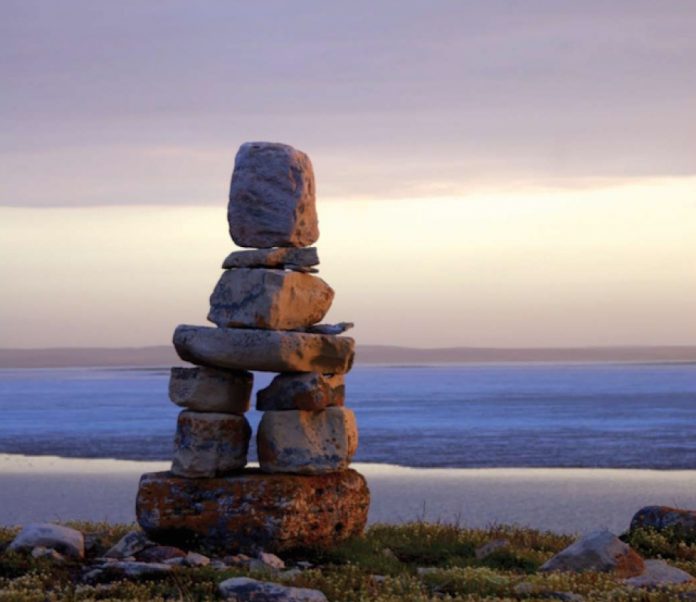I first met my friend Dave when he was one of the interview subjects for my master’s thesis. The thesis was about the religious aspects of the wilderness experience. I was looking for people who were passionate about outdoor sport the way other people are passionate about church; in a way that infuses and influences their whole lives.
I couldn’t have found a better subject.
Dave is a few years older than me, but we have parallel backgrounds. We both grew up in suburban Toronto and escaped the city as early and often as we could. We both studied geography in university, got summer jobs tree planting in northern Ontario, and went to grad school in Victoria.
But something happened to Dave along the way that sharpened his experience—and probably made him especially qualified to speak to my thesis question. A car accident broke Dave’s back.
Several years ago, Dave and I paddled from Prince Rupert to Victoria: 1,400 kilometres in 80 days. If you do the math, that’s an average of just a few hours of paddling per day. We paddled high-volume boats and carried loads of food. We rested one day out of three and most days we were off the water by lunchtime. Time off was for reading and eating, photography and sunbathing, sleeping and exploring. We could have finished sooner but we went slowly because we didn’t want it to end. Every day was quality.
I couldn’t have planned a trip like that without Dave. I would have been caught up in covering a lot of distance and lost sight of the goal, which was just to have fun, explore and live outside.
Dave has a clearer sense of his values than most people I know. He knows how to use time well—on kayak trips and in everyday life.
When I first met Dave he was talking about leaving his secure, senior government job to spend more time kayaking and work as a photographer. Then he did it: quit his job, went to photography school, sold his house, downsized his life and started freelancing.
Nowadays I don’t get out kayaking as often as I’d like. But Dave kayaks more than ever. Often he goes paddling with Adventure Kayak writer Alex Matthews. It seems like every time I phone him, those two are either returning or heading out paddling to the Broken Islands or Clayoquot Sound. Last summer they paddled most of the west coast of Vancouver Island, retracing a big part of our 80-day trip.
When Alex pitched me a profile of Dave, I couldn’t wait to assign the story. Dave is inspiring because he’s built a life around what’s important. He says that kayaking saved his life after his accident, because it got him back out to the wild where he felt most happy and alive and connected. As Alex explains in the article, going kayaking is harder for Dave than it is for most of us (although it’s easy to forget when you’re hanging out with him). But he doesn’t let that stop him. He came close enough to losing his connection to the outdoors once. He’s not going to let it slip away again.
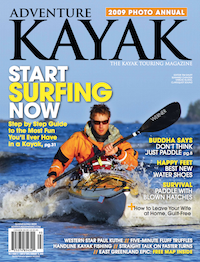 This article first appeared in the Summer/Fall 2009 issue of Adventure Kayak Magazine. For more great content, subscribe to Adventure Kayak’s print and digital editions here.
This article first appeared in the Summer/Fall 2009 issue of Adventure Kayak Magazine. For more great content, subscribe to Adventure Kayak’s print and digital editions here.



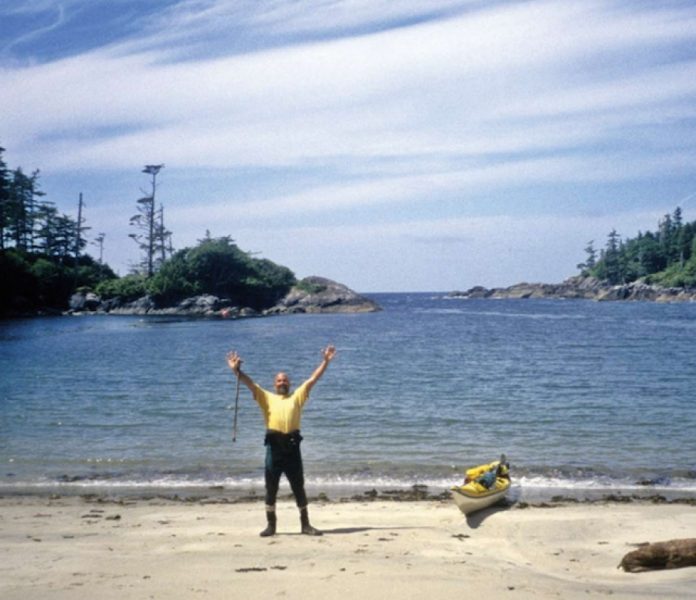
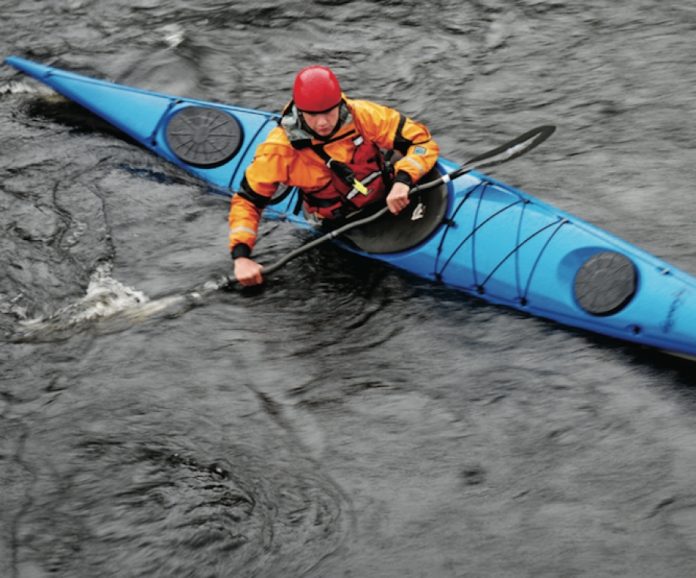
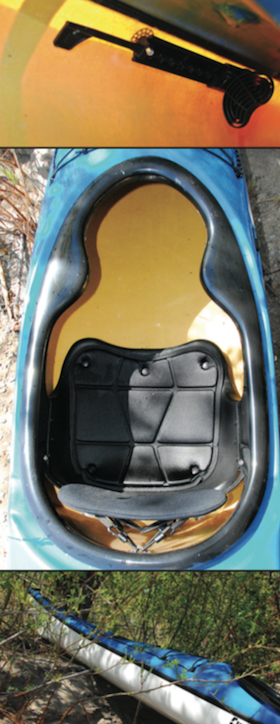 KEVLAR, KEVLAR, EVERYWHERE
KEVLAR, KEVLAR, EVERYWHERE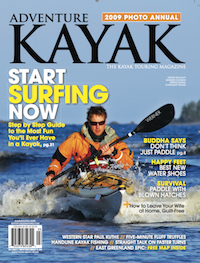 This article first appeared in the Fall 2009 issue of Adventure Kayak magazine. For more boat reviews, subscribe to Adventure Kayak’s print and digital editions
This article first appeared in the Fall 2009 issue of Adventure Kayak magazine. For more boat reviews, subscribe to Adventure Kayak’s print and digital editions 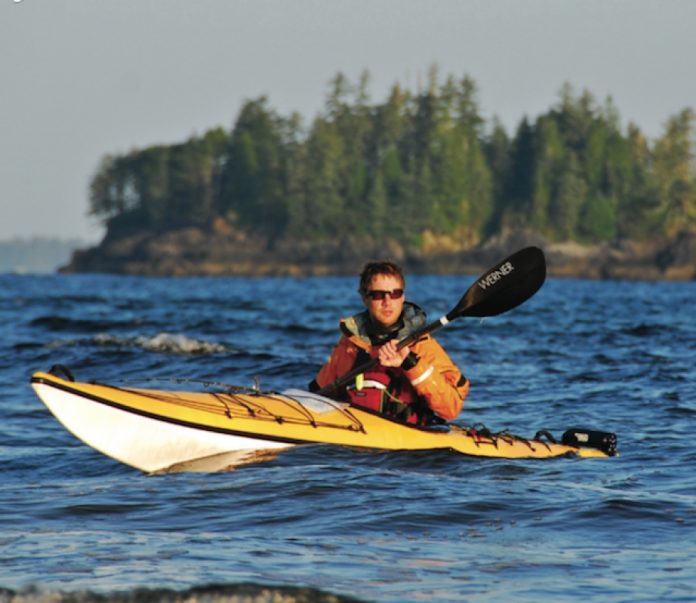
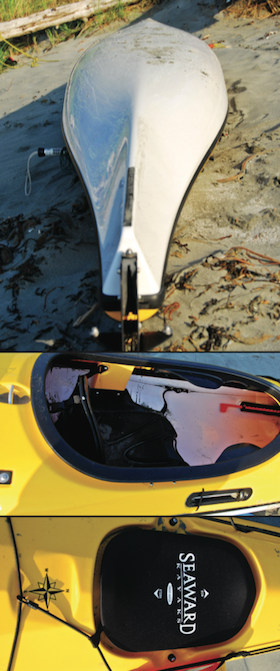 Wide bodied watercraft
Wide bodied watercraft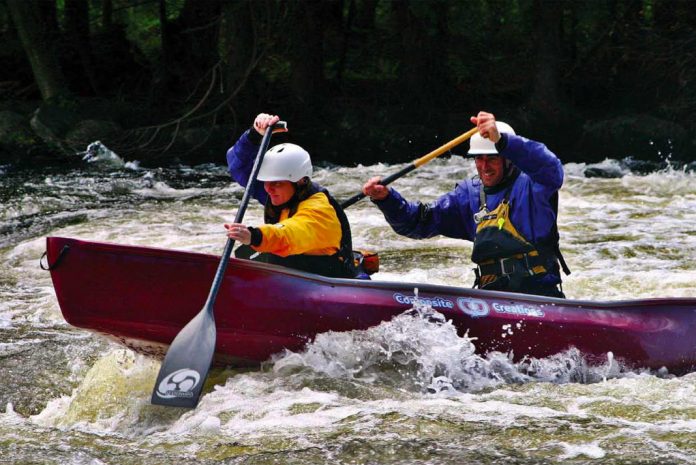
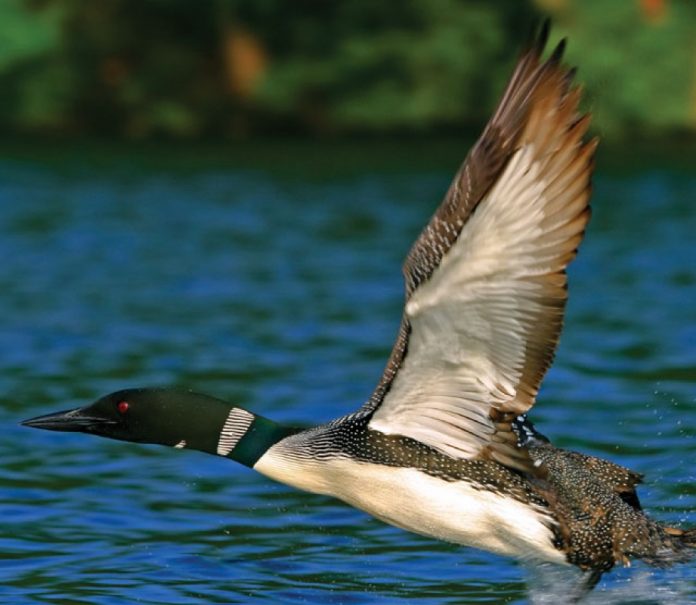
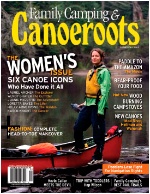 This article first appeared in the Summer/Fall 2009 issue of Canoeroots Magazine.
This article first appeared in the Summer/Fall 2009 issue of Canoeroots Magazine.
 This article first appeared in the Early Summer 2009 issue of Canoeroots Magazine. For more great content, subscribe to Canoeroots’ print and digital editions
This article first appeared in the Early Summer 2009 issue of Canoeroots Magazine. For more great content, subscribe to Canoeroots’ print and digital editions 

